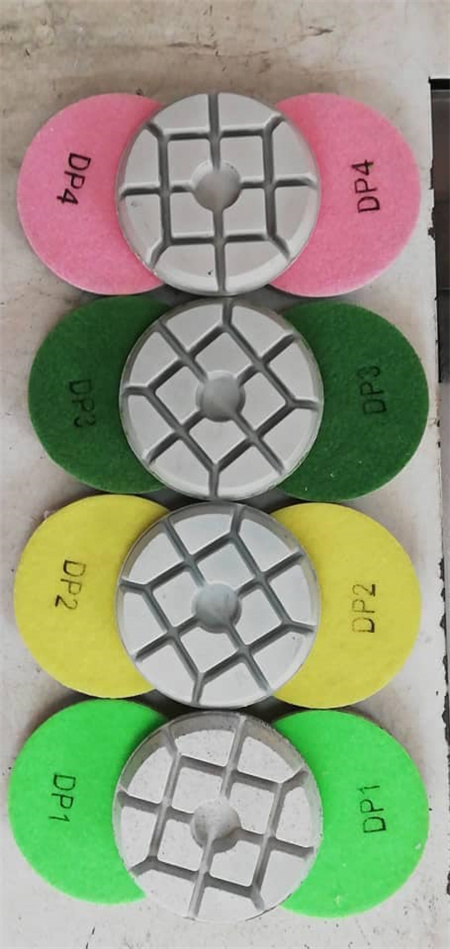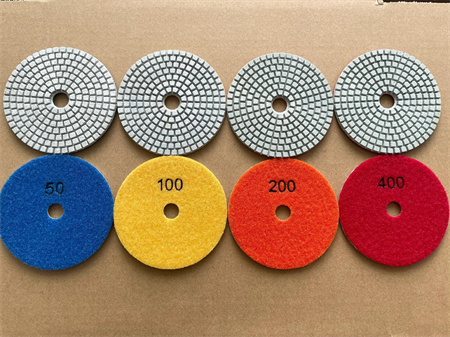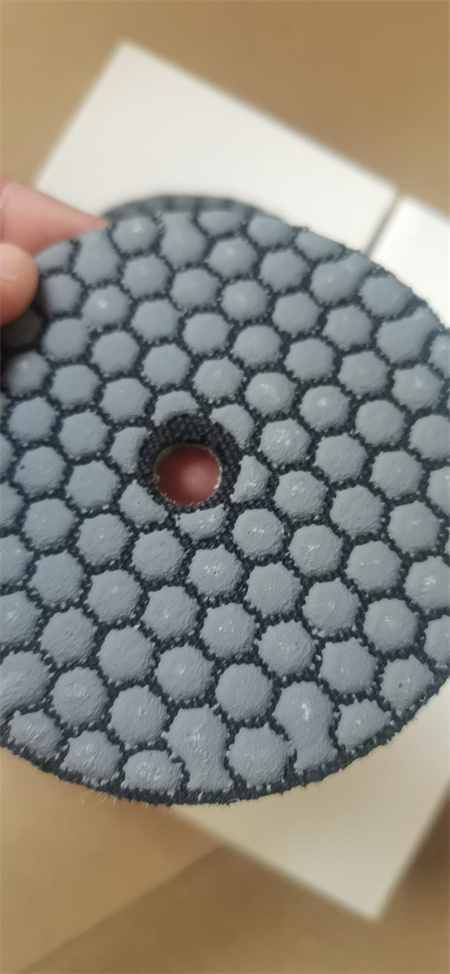How to Handle Duties and Taxes on Diamond Polishing Pad Imports
When importing diamond polishing pads, understanding the duties and taxes involved is key to maintaining a smooth and cost-effective transaction. Whether you’re a buyer or a distributor, getting familiar with the regulations and avoiding unexpected expenses can save you both time and money.
Every country has its own customs regulations, and they often vary based on the product category. For diamond polishing pads, it’s important to recognize that these are typically classified as industrial or machinery accessories, and might be subject to different tariff rates depending on their material composition, use, and country of origin.

Taxes are another important factor to consider. Value-added tax (VAT) or sales tax is typically charged on imported goods. This tax varies widely from one country to another, and knowing the exact tax rate is essential for pricing your product competitively. Some countries may offer exemptions or reduced rates for specific industries, such as manufacturing, so understanding these policies could be beneficial.
One common method to simplify the process is working with customs brokers or freight forwarders. These professionals can handle the paperwork, ensuring that all import requirements are met, including correct tariff classifications and tax payments. They can also help you understand any local regulations or exemptions, saving you from potential headaches down the road.
Another consideration is trade agreements. Many countries have free trade agreements that allow reduced duties for goods coming from specific regions. If you’re importing diamond polishing pads from China, for example, certain agreements might lower or eliminate duties altogether. Staying up-to-date on any changes to these agreements is vital for optimizing costs.


